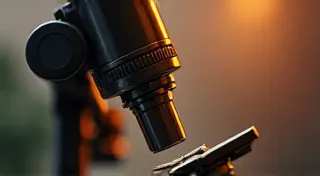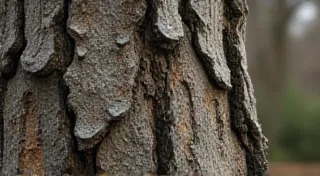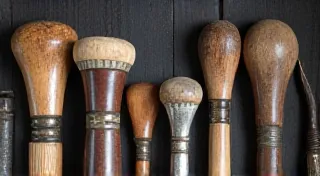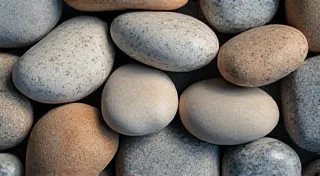The Whispers of Veins: Unveiling Structure Through Pen & Ink
There's a particular scent that takes me back – the aged paper of antique botanical texts, coupled with the faintest aroma of oiled wood and aged leather. It’s the scent of patience, meticulous observation, and a profound respect for the natural world. It reminds me of my grandfather, a clockmaker who instilled in me the value of understanding how things *work* before attempting to recreate them. He’s the reason I approached pen and ink botanical illustration not just as an artistic endeavor, but as an exploration of inner workings, a visual conversation with the plant’s inherent architecture.
Consider the antique accordion. Not just as a musical instrument – although the sounds it produces are undeniably soulful – but as a testament to engineering. Each fold, each bellows, each key is precisely placed, working in concert to produce a complex and beautiful sound. It’s a machine built with a craftsman’s reverence. Similarly, a truly compelling pen and ink botanical illustration transcends mere representation; it reveals the underlying structure, the "mechanics" of life that shape its form. It’s about listening to the whispers of veins and understanding their silent narrative.
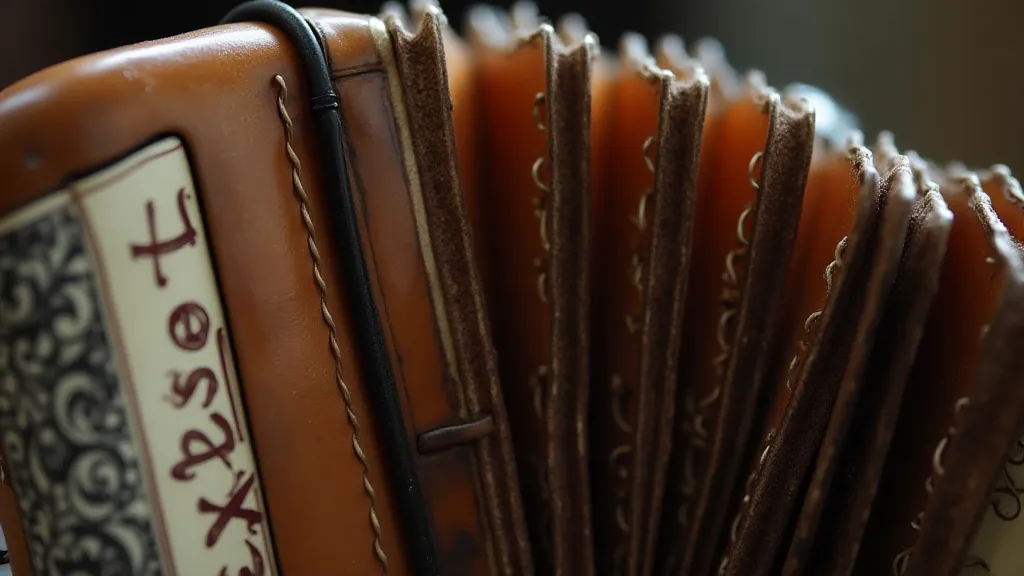
The Anatomy of Understanding
Before you even dip your pen in ink, delve into the plant's anatomy. Don’t just see a leaf; understand how its veins transport nutrients, how its cells are arranged, how its phyllotaxy (the arrangement of leaves on a stem) dictates its silhouette. A cursory glance might tell you it's a maple leaf, but a deeper understanding reveals a complex network of secondary and tertiary veins branching from a central midrib, each vein following a precise and logical pathway. It’s this internal logic that breathes life into your illustration.
Early scientific illustrators, like Maria Sibylla Merian, were pioneers in this regard. She didn’t just draw butterflies; she dissected them, studied their lifecycle, and meticulously documented her observations. Her illustrations weren't just beautiful; they were scientific contributions, meticulously accurate representations built on a foundation of anatomical understanding. She understood that beauty and accuracy weren’t mutually exclusive; they were intertwined.
Rendering Plant Textures: Beyond the Outline
The initial outline is merely a starting point. It’s the skeleton upon which you’re going to build the flesh and blood of your illustration. Mastering the art of rendering plant textures lies in understanding how light interacts with the surface – the subtle nuances of gloss, the roughness of a stem, the delicate fuzz on a leaf’s underside.
Think of a rose petal. It’s not simply a smooth, rounded shape. Its surface is undulating, marked by subtle veins and imperfections. These irregularities aren't flaws; they’re evidence of the plant's growth, its adaptation to its environment. Replicating these details requires careful observation and a willingness to embrace imperfection. Use hatching, cross-hatching, stippling – a combination of techniques – to create the illusion of texture and volume. The density of your marks will dictate the perceived lightness or darkness of the area.
Shading in Pen and Ink: The Language of Light
Shading in pen and ink can be challenging, but also incredibly rewarding. Unlike watercolor, where you can blend colors, ink requires a more deliberate approach. You build up tones gradually, using varying densities of marks. Consider the direction of your light source – it's the architect of your shadows.
Practice "value scales" – gradients of darkness ranging from pure white to solid black. This will give you a visual reference for translating the nuances of light and shadow onto the page. Don’t be afraid to experiment with different pen sizes and nib types. A fine-tipped pen is ideal for detailed line work, while a broader nib can be used to create bold, dramatic shadows. The angle at which you hold your pen can also affect the texture of your lines.
Drawing Botanical Details: The Art of Precision
Botanical illustration isn’t about artistic license; it's about meticulous accuracy. While artistic style will inevitably creep in, the underlying foundation must be rooted in scientific integrity. Pay close attention to details – the tiny hairs on a leaf, the subtle curve of a petal, the intricate patterns of a flower's center. These details are often overlooked, but they're crucial for conveying a sense of realism and authenticity.
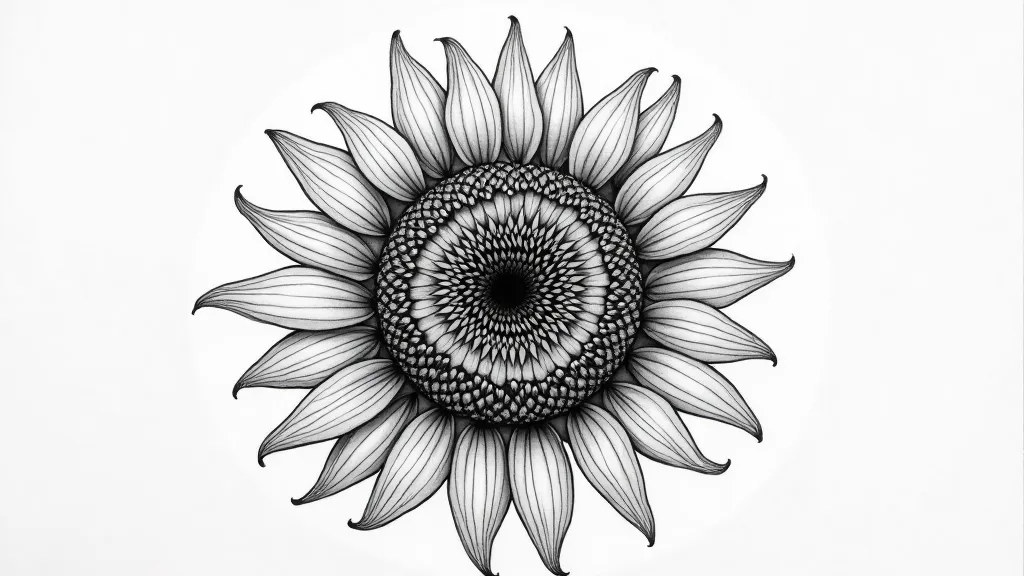
The Watercolor and Ink Combination: A Harmonious Blend
While this guide focuses on pen and ink, don't dismiss the power of combining these mediums with watercolor. A light wash of watercolor can be used to soften harsh lines, add subtle color variations, and create a sense of atmosphere. Ink provides the structure and definition, while watercolor adds depth and luminosity.
A simple technique is to first draw your botanical subject in ink, then use diluted watercolors to gently wash the areas that would naturally be lighter in tone. Avoid overworking the watercolor – a subtle touch is all that’s needed. The contrast between the crisp lines of the ink and the fluid washes of watercolor can create a truly captivating effect.
Drawing Scientific Illustrations: A Legacy of Observation
Botanical illustration isn’t just an art form; it’s a vital tool for scientific communication. Historically, it was the primary means of documenting plant life, especially before the advent of photography. The accuracy of these illustrations was paramount, as they served as reference guides for botanists and other researchers.
Consider the meticulous drawings of Ernst Haeckel, a 19th-century biologist who combined scientific observation with artistic expression. His illustrations of marine organisms are not only beautiful but also incredibly informative, providing invaluable insights into the diversity of life in the ocean. To approach botanical illustration with this historical context is to inherit a legacy of rigorous observation and a deep reverence for the natural world.
Plant Anatomy Drawing: The Foundation of Realism
Ultimately, mastering pen and ink botanical illustration requires a commitment to understanding the underlying structure of plants. Study the anatomy of flowers, leaves, and stems. Understand how their internal frameworks dictate their external forms. Deconstruct plants into their component parts - veins, cells, tissues – and then reconstruct them on paper.
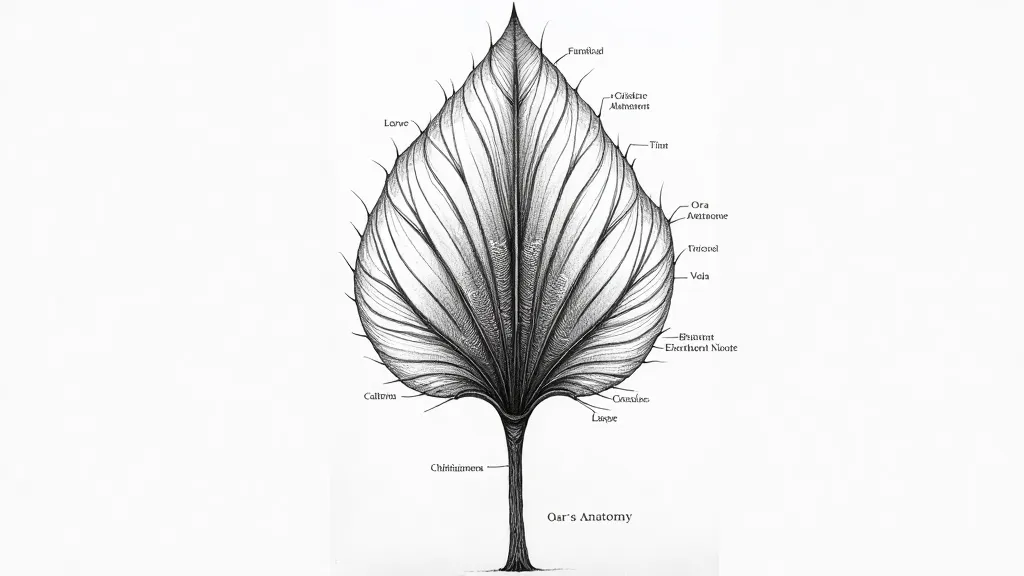
It's a journey of discovery, a conversation between artist and plant, a process that blends art and science. And as with an antique accordion, lovingly restored and played, the result is a testament to the beauty of craftsmanship, the power of observation, and the enduring legacy of the natural world.
